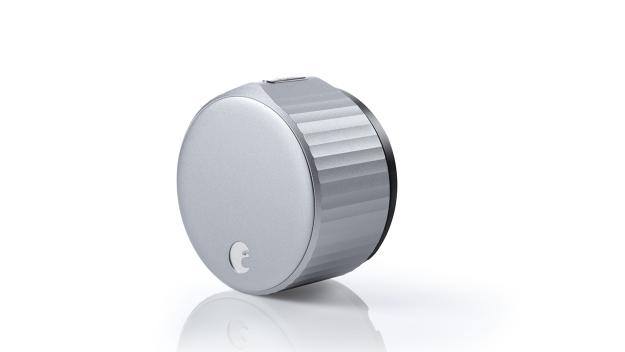When considering whyhomeowners purchase technology products for their home, one must consider theprincipal drivers behind the purchase. These days, simplicity and convenienceare paramount – particularly at a time when the pandemic has alreadycomplicated so much.Today, while stuck at home, many homeowners areworking on projects that will make life less stressful and make their homesmore secure. And many of these projects involve connected devices like smartlocks.
Even the most tech-savvy customerwants technology that is going to improve their day-to-day living today and inthe future. A 2019 smart lock audience segmentationstudy conducted byKwikset found that even “tech enthusiasts” were looking for “durable,tech-savvy locks to make life more connected.” They wanted “long-lasting,durable” locks” that “bring convenience to life, so they should be easy toinstall, too.”
Not surprisingly, the same studyfound that “everyday fixers” (who are described as suburban homeowners who takecare of their home their way) were also interested in “durable, functionallocks” and “convenience.”
Simplicity can take many forms in asmart lock. But each of these simplicity-enhancing features and benefits can bea key factor in selling these devices and growing the connected side of adealer’s security business.
Simplicity of Design
According to a 2020 Smart Door Lockstudy conducted by Parks Associates, “Strong product design instantlycommunicates the added value of a connected product. Design differentiates,validates value, and contributes heavily to the user experience.”
Most people don’t want to bring thelatest technological device into their home if it’s going to detract from thehome’s décor – if it is unattractive or calls attention to itself in a negativeway. They might begrudgingly put up with a tangled mess of wires in order toget that perfect sound from their home theater, but they’d prefer if the wireswere invisible, and the devices themselves attractive and sleek, butunobtrusive.

When it comes to the look of the lockitself, we find that buyers of smart locks fit into two main categories. Some,particularly those with a more traditional-looking home, want a smart lock thatconveys a similar aesthetic to a traditional lock. These smart lock options cansomewhat disguise the technological advances and are not overly disruptive interms of design “language."
Others buyers do prefer a moreforward-looking design, albeit a lock that is unobtrusive as well as sleek andmodern. The Parks Associates study makes the point succinctly: “A simplerdesign can make the device appear less daunting to consumers unfamiliar withsmart door locks, attracting more customers and enhancing the value of theproduct.”
Simplicity of Installation
Sometimes what is thought to be thecomplexity of smart locks by the dealers and technicians themselves can slowthe growth of a smart lock business. For example, one of the reasons I’ve heardfrom those hesitant to grow their smart lock business is a perceived difficultyof installation. This perception couldn’t be further from reality. If you’ve everinstalled a traditional deadbolt, or even if you haven’t, installing a smartlock is remarkable easy.
If you’re replacing atraditional mechanical deadbolt with a smart lock, then the hole you need forthe smart lock already exists, the door is already chiseled, and the frame isalready cut out.Installing a smart lock is just as easy as swapping in anew deadbolt. And if it is a new door, it has arrived to you with a holealready in place, pre-cut.
The hole for themechanical deadbolt works just as well for a smart lock. In fact, in somecases, the smart lock might be a better fit. Today’s smart locks increasinglyfeature smaller footprints and tapered parts, to help ensure that everythingfits, and the door closes correctly.
If the door doesn’t fitafter installing a smart lock, odds are that there are issues with the doorframe or jamb – not the lock. To address this potential issue, before the old/original deadbolt is removed the technician should ensure the boltis free to move and does not bind up or have any issues closing freely. It isimportant to address any issues with the door frame or warping -- before theelectronic deadbolt is installed.
And as for complicatedelectrical work, or wiring, there is none.Smart locks are batteryoperated.Popping in the battery is as easy as, well, popping in abattery.
After the smart lock isphysically in place, the device can be ready to use without a lot of complexprogramming. This isespecially true if the smart lock features one-touch programming, an advantagethat serves to speed the installation process. This means that customers thatexpect the installation of their smart lock to be a time-consuming process canbe relieved to learn just how quickly they can get their new device up andrunning.
Additional Benefits
Here are some additional benefits tozero in on when it comes to selling smart locks:
About the Author:
As North American Sales Manager for Kwikset Residential AccessSolutions, Nick English is responsible for management of all sales anddistribution through Pro Security channels, including sales and performancemanagement of Territory Sales Managers and Key Account Managers.








